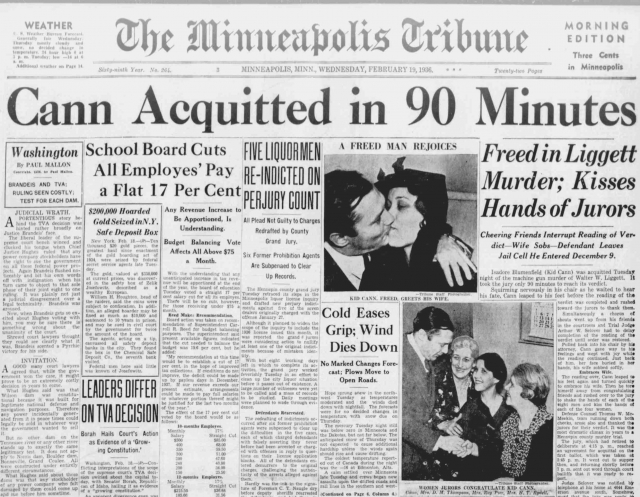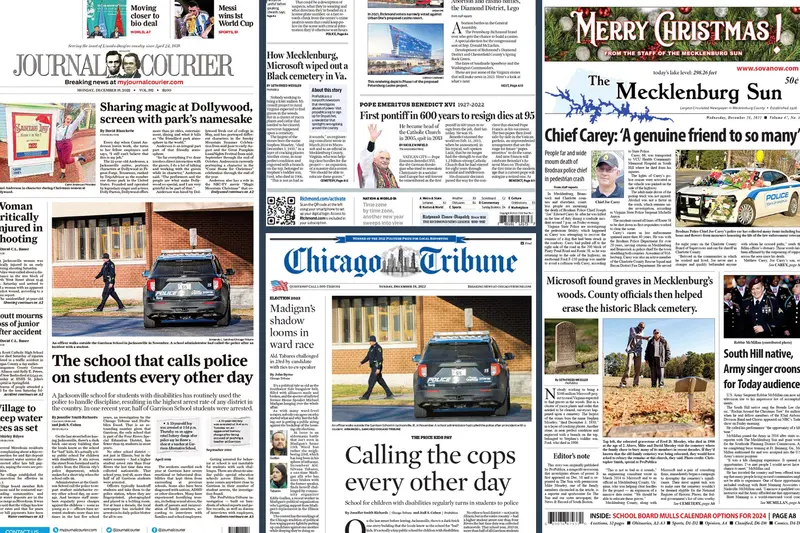News Articles Fundamentals Explained
Some Known Facts About News Articles.
Table of ContentsLittle Known Facts About News Articles.News Articles - QuestionsNews Articles Fundamentals ExplainedGetting My News Articles To WorkA Biased View of News Articles
Good expertise of various topics provides pupils a competitive edge over their peers. Despite the fact that electronic and social media sites are easily obtainable, we need to not fail to remember how important it is to review the papers. Parents must try and instill the practice of reading a paper as a daily routine to proceed the heritage of the adored print tool.News tales also consist of at the very least one of the complying with important attributes loved one to the designated audience: proximity, prestige, timeliness, human rate of interest, oddity, or consequence. The relevant term journalese is often made use of, generally pejoratively, to describe news-style writing. Another is headlinese. Newspapers usually comply with an expository writing design.
Within these restrictions, news tales additionally aim to be comprehensive. Among the bigger and a lot more reputable papers, fairness and balance is a significant element in providing information.
Newspapers with a global audience, for example, often tend to make use of a more formal design of creating. News Articles.; usual style overviews include the and the United States Information Design Publication.
Indicators on News Articles You Need To Know
Generally, reporters will not make use of a long word when a brief one will do. They utilize subject-verb-object building and construction and vibrant, active prose (see Grammar). They provide anecdotes, instances and metaphors, and they hardly ever rely on generalizations or abstract ideas. Information authors try to stay clear of utilizing the same word greater than once in a paragraph (sometimes called an "resemble" or "word mirror").
Nonetheless, headings often leave out the subject (e.g., "Leaps From Watercraft, Catches in Wheel") or verb (e.g., "Cat woman fortunate"). A subhead (additionally subhed, sub-headline, subheading, subtitle, deck or dek) can be either a secondary title under the main heading, or the heading of a subsection of the post. It is a heading that comes before the major text, or a group of paragraphs of the main message.

Extra billboards of any of these types might show up later in the post (specifically on succeeding web pages) to tempt more analysis. Such billboards are additionally made use of as tips to the article in various other sections of the publication or website, or as ads for the item in other click reference magazine or sites. Normal structure with title, lead paragraph (recap in bold), other paragraphs (details) and call info.

Instance of a hard-lead paragraph NASA is recommending another space project. The firm's spending plan request, revealed today, included a plan to send out an additional goal to the Moon. This time the company wishes to establish a long-term center as a jumping-off place for other space journeys. The spending plan demands around $10 billion for the job.
The NASA statement came as the agency asked for $10 billion of appropriations for the task. An "off-lead" is the second essential front page information of the day. The off-lead appears either in the leading left corner, or straight listed below the lead on the. To go to the website "hide the lead" is to begin the short article with history info or information of secondary value to the readers, compeling them to check out even more deeply right into a short article than they should need to in order to discover the vital points.
8 Simple Techniques For News Articles
Common usage is that a person or more sentences each form their own paragraph. Journalists normally define the company or framework of a newspaper article as an inverted pyramid. The vital and most interesting components of a tale are placed at the start, with sustaining details following in order of reducing value.
It permits individuals to explore a subject to just the deepness that their curiosity takes them, and without the charge of details or nuances that they could think about pointless, but still making that information offered to extra interested viewers. The upside down pyramid framework also enables articles to be trimmed to any arbitrary size throughout design, to suit the room available.
Some authors start their stories with the "1-2-3 lead", yet there are numerous kinds of lead available. A twist can refer to several things: The last story in the information program; a "delighted" story to end the program.
Longer posts, such as magazine cover posts and the pieces that lead the within sections of a paper, are known as. Function tales differ from straight information in a number of means.
News Articles for Beginners
The journalist often details communications with meeting topics, making the piece extra individual. A feature's very first paragraphs typically relate a fascinating moment or event, as in an "anecdotal lead". From the particulars of a person or episode, its sight quickly broadens to generalizations regarding the story's subject. The section that indicates what a function has to do with is called the or signboard.

The Editor's Tool kit: A Recommendation Overview for Beginners and Professionals (2001) Allan M. Siegal and William G. Connolly. The New York Times Handbook of Design and Use: The Official Design Guide Utilized by the Writers and Editors of the Globe's A lot of Authoritative Paper (2002) M. L. Stein, Susan Paterno, and R.